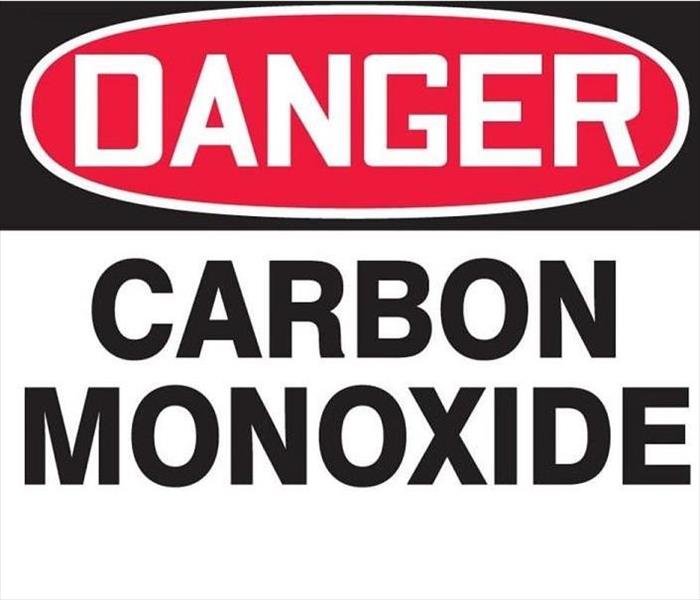The Hazards of Carbon Monoxide
1/29/2020 (Permalink)
Using a fossil fuel furnace like oil or gas to heat your home is one of the most popular and energy-efficient methods today. Because furnaces use combustion to produce heat, you need to be aware of the risks of carbon monoxide poisoning.
On average, carbon monoxide poisoning kills 400 Americans every year and sends 20,000 to the hospital. Leaking boilers and furnaces are one of the most common causes of carbon monoxide poisoning.
Carbon monoxide is an odorless, colorless and an extremely deadly byproduct of burning fuel to heat your home. Minor leaks in your boiler or furnace can expose you and your family to a deadly amount of carbon monoxide.
Carbon monoxide poisoning is directly related to running your heating system. So, when the temperature drops, it means it is time for you to be informed and take the proper precautions to keep safe from carbon monoxide poisoning.
Sources of Carbon Monoxide:
- Gas furnaces
- Oil furnaces
- Gas boilers
- Oil boilers
- Wood fireplaces
- Wood pellet stoves
Symptoms of Carbon Monoxide Poisoning:
- Headache
- Nausea
- Dizziness
- Weakness
- Chest pain
- Confusion
- Unconsciousness
- Shortness of breath
System defects that release Carbon Monoxide:
- Incomplete combustion process
- Leaking seams
- Cracks in the combustion chamber
- Cracks in the exhaust piping
Ways to prevent Carbon Monoxide poisoning:
- It is highly recommended to place carbon monoxide detectors around your house. Since carbon monoxide is colorless and odorless, detectors are the only way to identify the gas. Place one near your heating system and on every floor of your house. If the detector where to go off, evacuate your house and seek fresh air immediately. Once you seek fresh air, call 911.
- Have your furnace and fireplace cleaned and checked before each winter.
- Do not start or leave vehicles running in your garage.
- Do not use portable heaters while sleeping in enclosed areas.
For more information, contact SERVPRO of Greeley/Windsor, 970-353-1388.



 24/7 Emergency Service
24/7 Emergency Service
